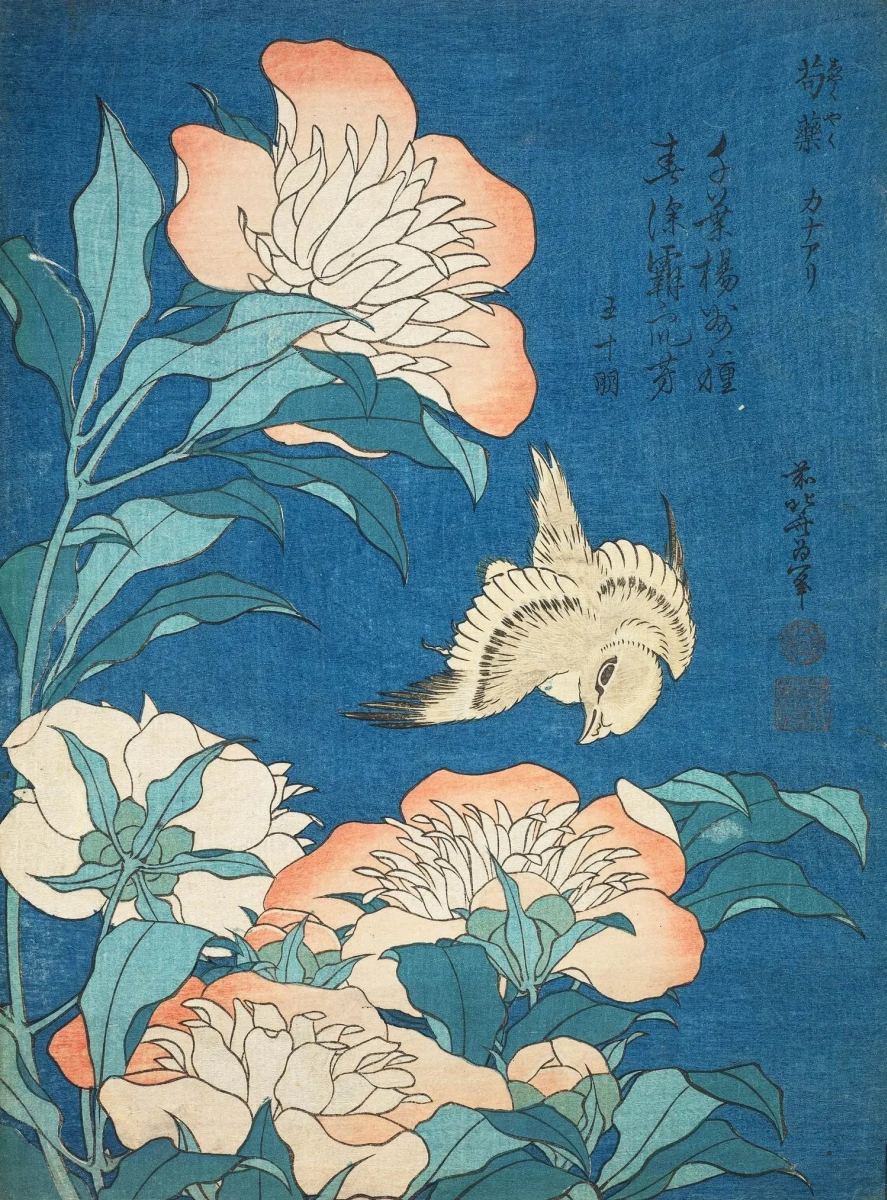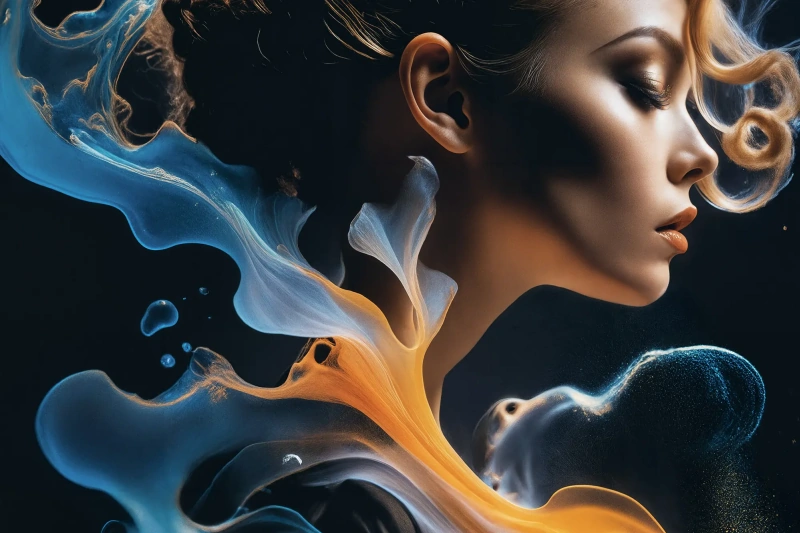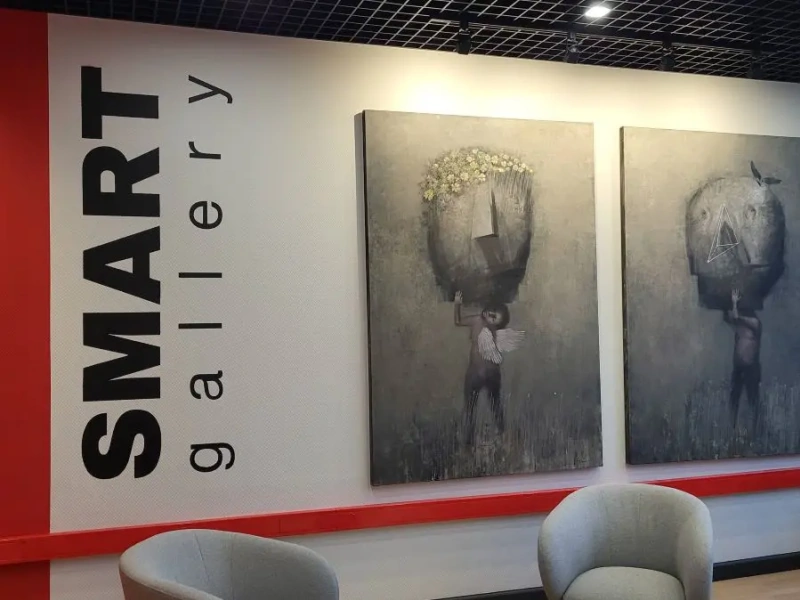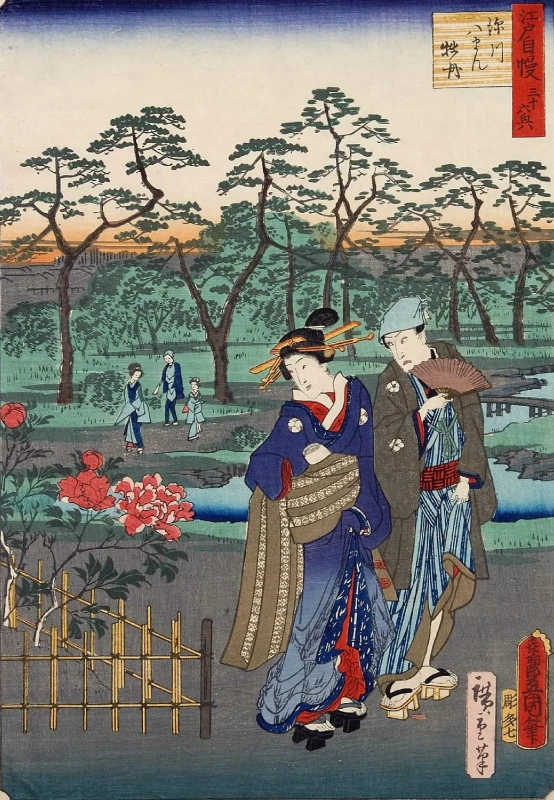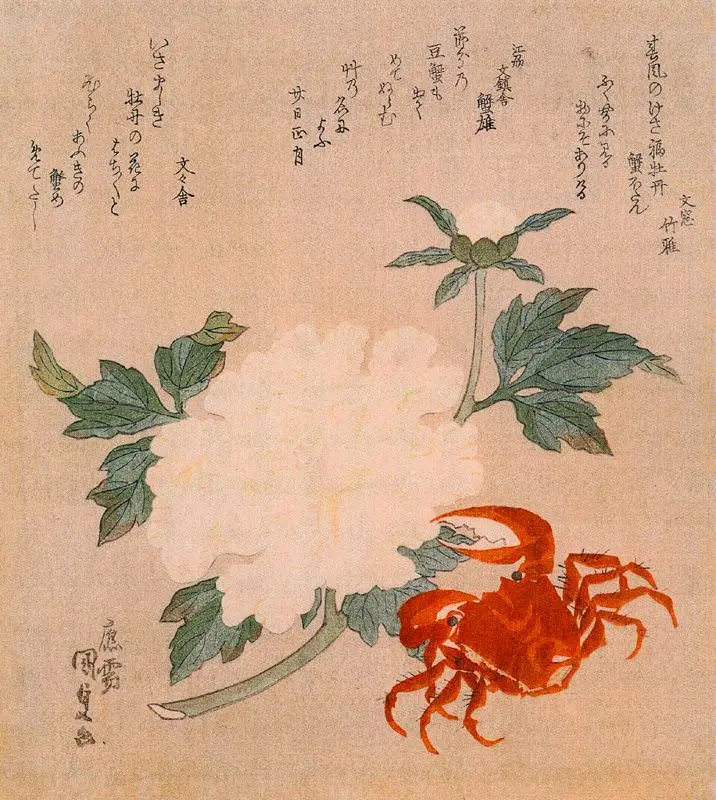Luxurious peonies have been cultivated in Asia for over 4,000 years. Peonies are especially popular in China. In the Middle Kingdom, this flower has many names. They call it "the King of Flowers", "the flower of the Emperor". Peonies in this culture are considered a symbol of power and dignity, and their images are wishes for wealth and prosperity. So if you want to buy a painting with peonies, you should look for works in the Chinese art style.

A little history
Peonies began to grow in China in antiquity. But at first, these flowers only grew in the imperial gardens. It wasn’t until the Tang Dynasty that peonies began to spread gradually throughout the empire . But contemplation of peonies was still a pleasure only available to rich people, mainly the nobility. The two-headed peony was a valuable gift with which the emperor could show his favour.Today everyone can buy a cheap painting with peonies. And in the old days, the ceremony of flowering peonies was arranged solemnly, only a select society was invited to it.

Qi Baishi. Peony, 1956
The most beautiful Chinese peonies grew in the city of Luoyang. Since the 1980s, the city has hosted the Peony Festival. Today, more than a thousand species of peonies are grown in the Luoyang Gardens, and millions of tourists come to admire them during the holiday. During the festival, there are also exhibitions of paintings and calligraphy dedicated to this flower.
In general, there are many traditions associated with the images of the king of flowers in China. You can buy a picture with peonies as a gift for newlyweds. On holidays, streets, cafés, houses are decorated with clippings from magazines and reproductions of paintings with peonies. It is believed that all they are talismans that bring abundance, love and glory.
In general, there are many traditions associated with the images of the king of flowers in China. You can buy a picture with peonies as a gift for newlyweds. On holidays, streets, cafés, houses are decorated with clippings from magazines and reproductions of paintings with peonies. It is believed that all they are talismans that bring abundance, love and glory.
Peonies in Chinese painting
In oriental art, the beauty of flowers has always served as a source of inspiration. Peonies were often depicted in paintings by famous artists; unknown artisans decorated porcelain with them. Often in paintings, peonies are depicted together with a bird. Usually it is a magpie, a peacock, a rooster or a golden pheasant. In Chinese culture, these birds symbolize wealth and happiness and thus enhance the magical effect of peonies.Sometimes, in addition to a bird, a butterfly is depicted next to a peony in the picture, attracted by the delicate scent of a flower. This is also a wish for happiness, even double (multiple), a hidden play on words, because the word "butterfly" in Chinese consists of two hieroglyphs, one of which means "happiness", and the other one "layering".

Qi Baishi. Peonies
Many Chinese artists painted peony in the popular genre of flowers and birds. One of the most prominent masters of this movement was Yun Shouping (1633—1690), an artist from the Qing Dynasty. He made a career as an official. By the nature of his service, he spent a lot of time travelling, he got everywhere acquainted with culture and art, and as a result he himself became a calligrapher and scientist artist. Painting was not a craft, but a hobby.
Yun Shouping could choose themes for creativity himself. And his choice was flowers, especially peonies.
Yun Shouping could choose themes for creativity himself. And his choice was flowers, especially peonies.

Yun Shouping. Peony
Another famous artist is Gao Fenghan (1683—1749). He was also an official, but he was fond of painting, he worked in the genres of "mountains and water" and "flowers and birds". He painted pictures with his left hand, as his right one was immobilized after he spent several years in prison. Gao Fenghan was also a calligrapher and seal carver. Now, of course, you cannot buy an inexpensive painting with peonies by such an artist. But it is worth taking a closer look at the works by contemporary artists.

Gao Fenghan. Peonies and Stones
Peonies in Japanese painting
These flowers are also loved in Japan. Just like bonsai or sumi-e painting, the culture of peony farming in the Land of the Rising Sun was borrowed from China. The flowers were brought to Japan in the 8th century by Buddhist monks.In Japanese culture, the peony also symbolizes prosperity, luck and well-being, as well as female beauty.
Also read
Flower as symbol in art
There are many wonderful poems dedicated to peonies.
About to bloom,
And exhale a rainbow,
The peony!
(Buson)
a bee
staggers out
of the peony
(Basho)
About to bloom,
And exhale a rainbow,
The peony!
(Buson)
a bee
staggers out
of the peony
(Basho)
As for painting, there were rules here. For example, in a flower arrangement it was always necessary to find a place for an open bud, and a few more should be on the branches. If they are not there, this suggests that the flower has no future.
In Japan, peonies were painted by many artists, including the famous Katsushika Hokusai (1760—1849). Hokusai is known as a landscape artist and the creator of the Manga style (not to be confused with modern comics). But there are beautiful images of flowers among his works, such as Peonies and a Sparrow (1791) and Peonies and a Butterfly (1804).
In Japan, peonies were painted by many artists, including the famous Katsushika Hokusai (1760—1849). Hokusai is known as a landscape artist and the creator of the Manga style (not to be confused with modern comics). But there are beautiful images of flowers among his works, such as Peonies and a Sparrow (1791) and Peonies and a Butterfly (1804).
Рeonies and sparrow
1791, 32.7×27.5 cm
It is also worth paying attention to the work of other artists. Utagawa Hiroshige (1797—1858) is known as the author of one hundred views of Edo. But Japanese painting lovers certainly remember his Beauty in Peony Garden engraving (1852).
In the garden with peonies
1852, 37.4×25.4 cm
Utagawa Kunisada (1786−1865), the greatest artist of the Edo era, also painted these flowers.
If you want to buy a painting with white peonies, you can look for something similar to his work. For example, engravings Crab and Peony (1825) or Triptych: Viewing Peonies at Night (1852).
Of course, authentic works by old artists are expensive. Therefore, the beginning of your collection can be the works by novice artists, made in the traditional style.
Of course, authentic works by old artists are expensive. Therefore, the beginning of your collection can be the works by novice artists, made in the traditional style.
Pittori citati nell'articolo
















